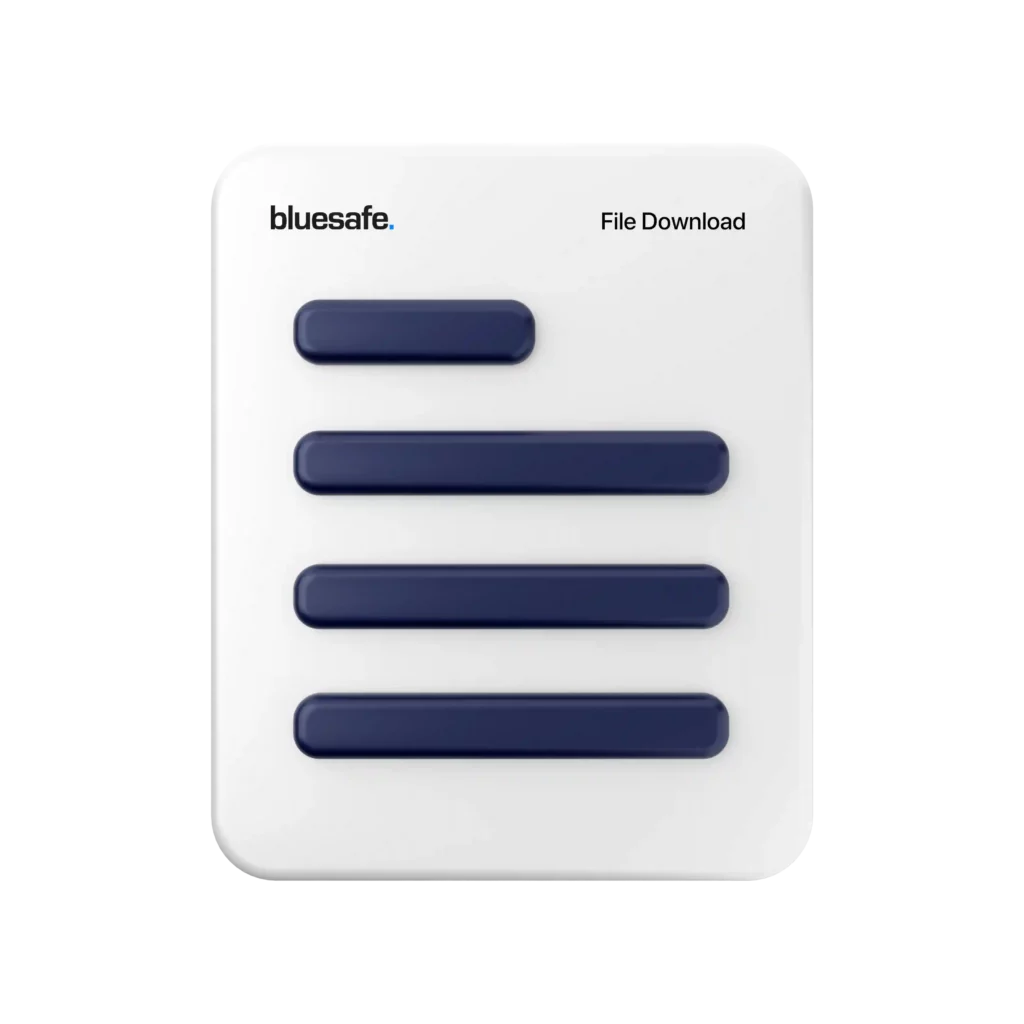First of all, let’s talk about some of the dangers associated with working with an AWP. One of the biggest risks is falling from height. AWP accidents are responsible for a large number of injuries and fatalities each year, and it’s important to take this risk seriously.
Another danger is electrocution. If the AWP comes into contact with electrical wires or other sources of electricity, it can be extremely dangerous. This is why it’s important to be aware of your surroundings and make sure that the area you are working in is clear of any electrical hazards.
Finally, there is also the risk of tipping over. If the AWP is not set up properly or is not used in a safe manner, it can tip over and cause serious injuries or fatalities.
So, what can you do to stay safe when working with an AWP? Here are some recommendations:
- Proper Training
The first and most important step in working safely with an AWP is to receive proper training. This means taking a course on how to operate the equipment, including safety procedures, proper use of safety harnesses, and how to assess the environment for potential hazards. This training should be ongoing, as technology and safety protocols can change over time.
- Equipment Inspection
Before using an AWP, it’s important to inspect it thoroughly to make sure that it’s in good working condition. This includes checking for any damage, leaks, or other issues that could affect its safety. If there are any problems, the equipment should be repaired or replaced before use.
- Safety Harnesses
When working at height, it’s important to use a safety harness that is properly secured to the AWP. This will help prevent falls and ensure that you are protected in the event of an accident.
- Proper Use
It’s important to use the AWP properly, including following all safety instructions and guidelines. This includes using the equipment on a flat and stable surface, avoiding uneven or sloping terrain, and not exceeding the weight limit for the equipment.
- Environmental Assessment
Before using an AWP, it’s important to assess the environment for potential hazards, including electrical wires, uneven terrain, and other obstacles. This will help ensure that you are working in a safe and controlled environment.
- Communication
Communication is key when working with an AWP. It’s important to communicate with other workers on the ground and let them know when you are moving the equipment or if there are any potential hazards in the area.
- Emergency Plan
Finally, it’s important to have an emergency plan in place in case of an accident. This includes having a first aid kit on hand, knowing the location of the nearest hospital or medical facility, and having a way to contact emergency services if needed.
In conclusion, working with an AWP can be dangerous if proper precautions are not taken. By following these safety recommendations, you can help mitigate the risks and stay safe while working at height. Remember, safety should always be your top priority!
Cheers!

![]()







